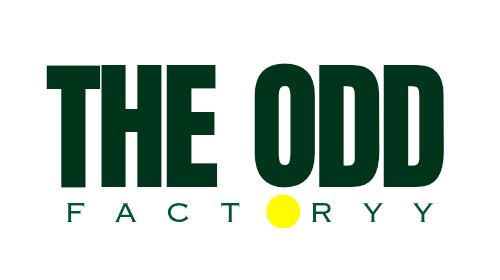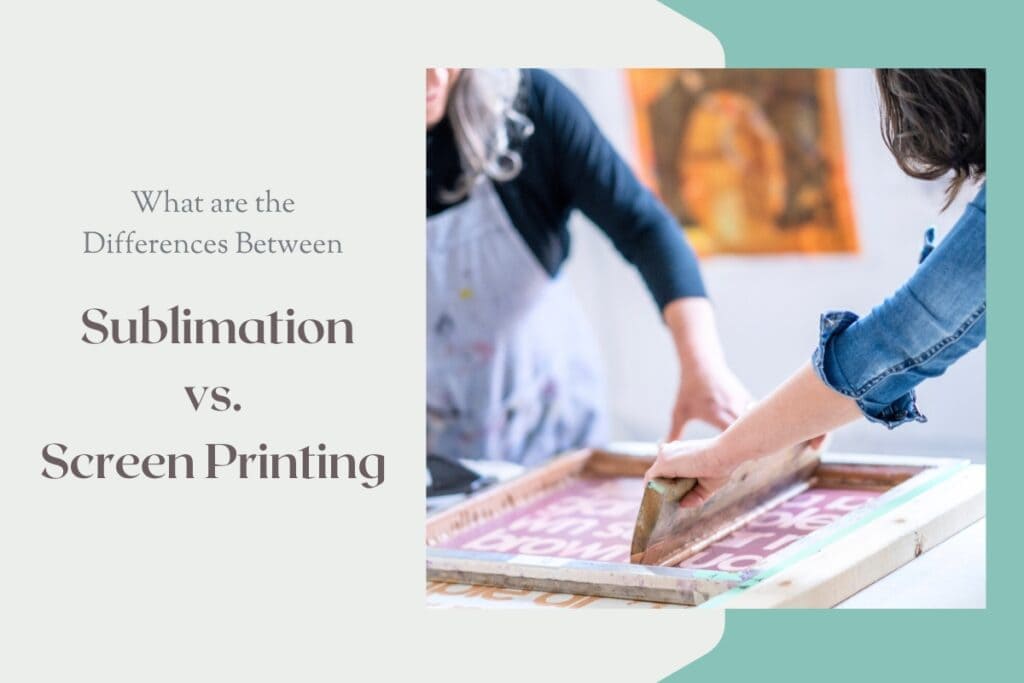Welcome to The ODD Factory’s latest exploration into the intricate world of fabric printing. Today, we dive deep into two prominent methods that are revolutionizing the industry: sublimation printing and screen printing. Whether you’re a business in Dubai, Riyadh, Kuwait, Germany, or India looking to enhance your branding with vibrant prints, or a designer eager to understand the best technique for your fabric creations, this post will guide you through each process, highlighting their uses, benefits, and key differences.
What Is Sublimation Printing?
Sublimation printing is a sophisticated technique that allows for high-quality, vivid prints on various materials. This method involves converting sublimation printing ink directly from a solid to a gas, bypassing the liquid state, and embedding the ink into the fabric’s structure. This results in durable, high-resolution images that are integral to the fabric.
Sublimation printing services are sought after for producing high-quality prints that are durable and resistant to fading.
How Does Sublimation Printing Work?
The process starts with a digital design that is printed onto a special transfer paper using sublimation ink. This design is then placed against the fabric and subjected to high heat and pressure. Under these conditions, the ink turns into a gas and is infused into the fabric. Once cooled, the ink reverts to a solid state, becoming part of the material itself.
What Can You Do With Sublimation Printing?
Sublimation printing is ideal for producing intricate, multi-colored designs with exceptional clarity. It’s perfect for polyester and polymer-coated substrates, making it a popular choice for creating custom sportswear, banners, flags, and other items where longevity and image quality are crucial. Sublimation printing services are extensively available, including in key cities like Dubai, Riyadh, and Kuwait, catering to a wide range of digital fabric printing needs.
What Is Screen Printing?
Screen printing, one of the oldest printing techniques, involves creating a stencil (or screen) and using it to apply layers of ink on the printing surface. Each color is applied using a different stencil, one at a time, to achieve the final look. This method is renowned for its versatility, high durability, and vibrant colors.
How Does Screen Printing Work?
The process begins with creating a mesh screen for each color used in the design. Screen printing ink is then pushed through these meshes onto the fabric beneath. The ink is cured through heating, which solidifies the design onto the fabric. This technique is ideal for high-volume productions and is commonly used for garments, posters, and artworks.
What Can You Do With Screen Printing?
Screen printing is exceptionally versatile, suitable for a variety of materials including textiles, ceramics, wood, paper, glass, and metal. This makes it a favored choice for both artistic and industrial applications. It is particularly popular for producing high-quality, vibrant t-shirts and other apparel that stand out. Screen printing services are readily available globally, including in major hubs like Germany and India.
Sublimation vs. Screen Printing: 15 Key Differences
Ink Composition: Sublimation uses a specific type of ink that turns into gas, whereas screen printing uses a thicker ink that sits atop the fabric.
Fabric Suitability: Sublimation is best for polyester and light-colored fabrics, while screen printing can be used on a wider range of materials and colors.
Color Vibrancy: Sublimation typically offers more vibrant and detailed images due to the dye becoming part of the fabric.
Durability: Sublimated prints are extremely durable as the dye bonds chemically with the fabric. Screen prints may crack or fade over time.
Cost Efficiency for Small Runs: Sublimation is cost-effective for smaller quantities, as it requires less setup.
Cost Efficiency for Large Runs: Screen printing is more economical for large quantities due to the ability to reuse screens.
Production Speed: Sublimation printing can be quicker for small batches since it has less setup time.
Environmental Impact: Sublimation ink is generally considered more eco-friendly as it produces less waste.
Artistic Flexibility: Screen printing allows for the use of special effects such as glitter and texture.
Resolution: Sublimation can achieve finer details compared to screen printing.
Setup Time: Screen printing requires more preparatory work for creating screens.
Print Feel: Sublimation prints have no texture as the ink is infused; screen prints may feel raised.
Maintenance of Equipment: Sublimation printers require regular maintenance to prevent clogging and damage, while screen printing setups are more robust but need frequent cleaning of screens.
Geographical Availability: Both techniques are widely available, but specific services like digital fabric printing are prominently offered in Dubai, Riyadh, Kuwait, Germany, and India.
Use Cases: Sublimation is preferred for photographic prints and intricate patterns, while screen printing is ideal for bold and graphic designs.
Finding Digital Fabric Printing Services Globally
If you’re looking for top-notch digital fabric printing services, several regions stand out for their expertise:
Digital Fabric Printing Services in Dubai
Dubai boasts advanced digital fabric printing services catering to a booming fashion and advertising sector, emphasizing quick production and high-quality finishes.
Digital Fabric Printing Services in Riyadh
In Riyadh, digital fabric printing services excel in producing traditional and modern designs, supporting the growing local fashion industry.
Digital Fabric Printing Services in Kuwait
Kuwait’s digital fabric printing services focus on small to medium-scale productions, perfect for bespoke fashion and local businesses.
Digital Fabric Printing Services in Germany
Germany offers cutting-edge digital fabric printing services with a focus on sustainability and innovation, ideal



